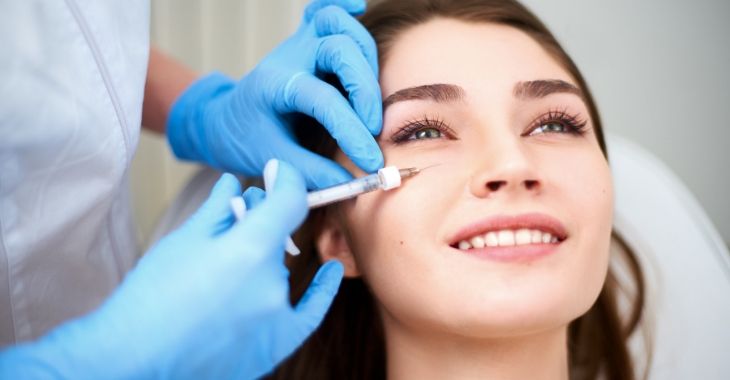Choosing the Right Brow Lift
A brow or forehead lift is one of the most popular cosmetic surgeries to reduce the signs of aging. This procedure can help diminish forehead lines and wrinkles as well as tighten the skin above and around the eyes. However, all brow lifts are not the same. There are actually several different brow lift surgeries and techniques that are used, each with its own benefits and drawbacks. Here are a few of the most popular options to help you determine which is the right option for your desired results.
- Full coronal brow lift. This is one of the oldest methods used for brow lifts, but still very effective for the right patient. This includes an incision that is made from one temple to the other over the crown of the head. The muscles and skin are pulled upward, giving a dramatic improvement. This is a more extensive brow lift and is usually recommended for older patients.
- Endoscopic brow lift. For minimal scarring, the endoscopic brow lift uses several small incisions behind the hairline to lift the brow using an endoscope. This can be done with or without suture suspension and is recommended for younger patients that need a less dramatic lift.
- Lateral or temporal brow lift. To tighten the forehead and eye area, a temporal or lateral lift uses incisions made at each temple to pull skin tighter. This can be effective for crow’s feet, forehead lines and even the upper cheek.
There are many other brow lift options including chemical or non-invasive procedures that do not require surgery. To determine the best option for your desired results, consult a plastic surgeon who specializes in performing many types of brow lift surgeries and techniques.
Posted on behalf of:
Beverly Hills Center for Plastic & Laser Surgery
120 South Spalding Drive #236
Beverly Hills, CA 90212
(310) 288-0641
The information provided on this website, including text, graphics, images, and other materials, is intended solely for informational purposes and should not be used as a substitute for professional medical advice, diagnosis, or treatment.

)